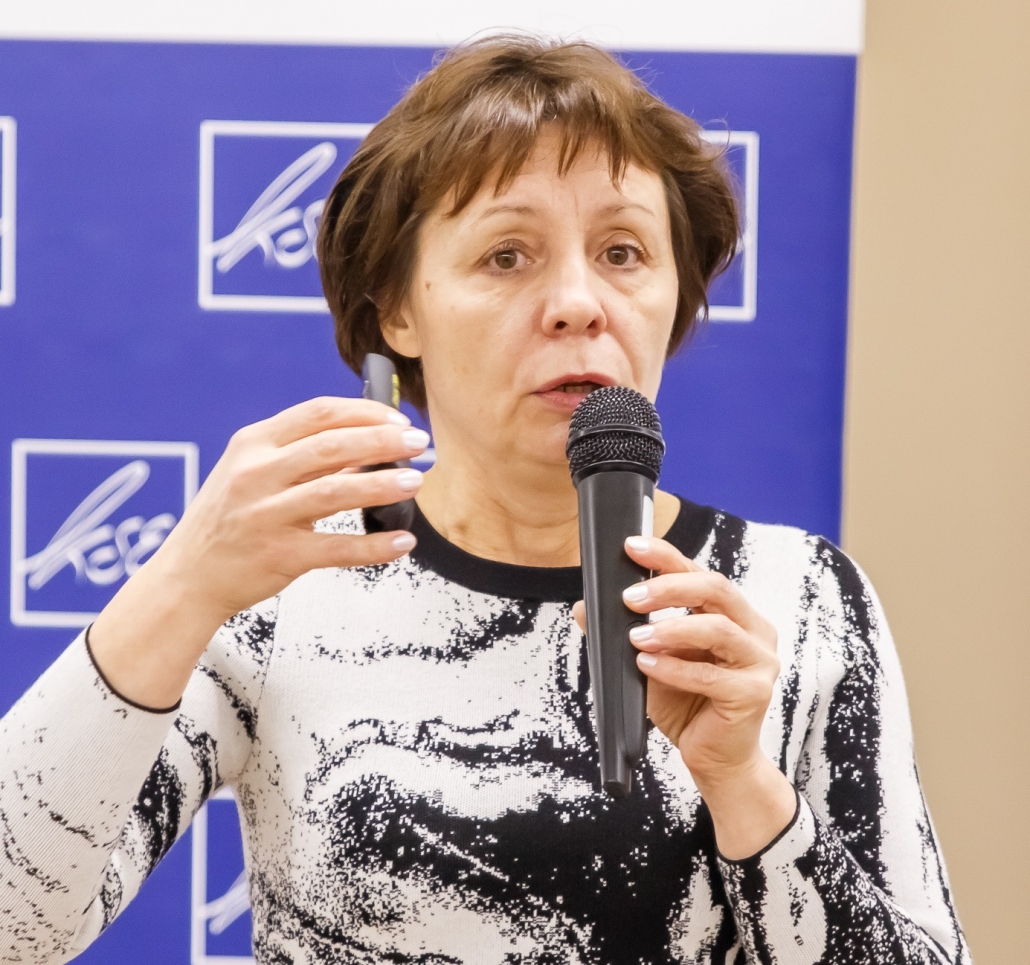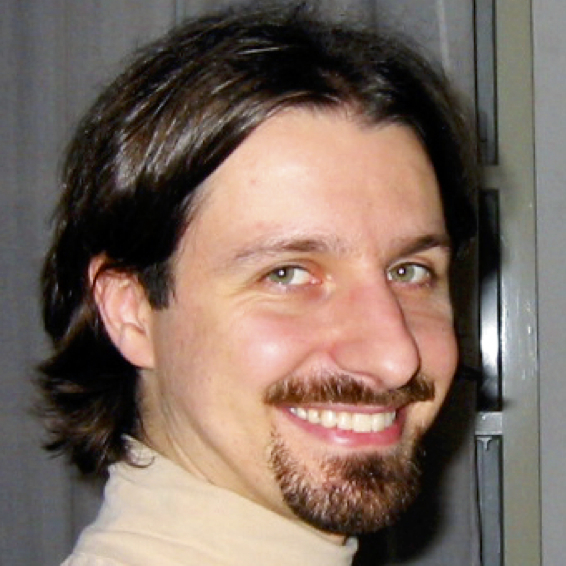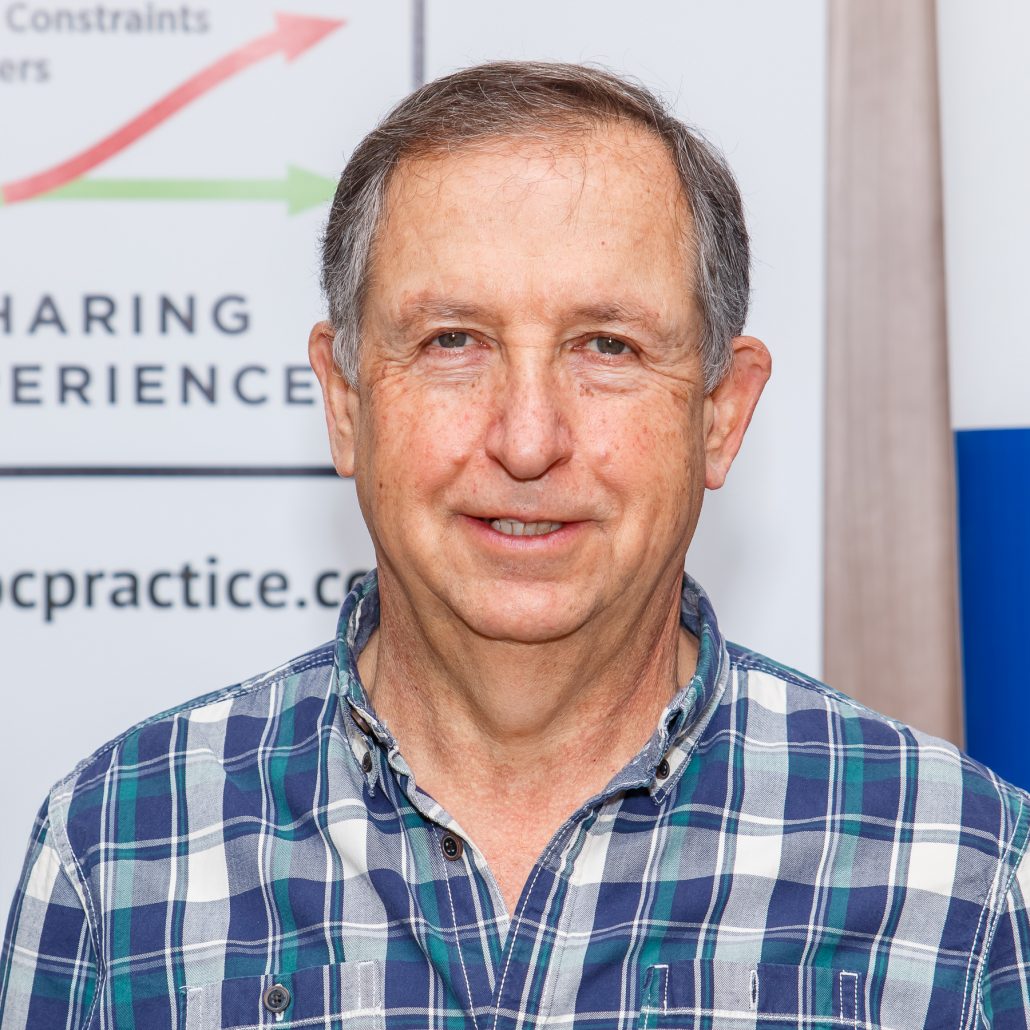Jelena Fedurko-Cohen, Humberto Baptista & Oded Cohen: Talking about Thinking Processes for Supply Chain
/in Videos, Webinars Webinar TOC Thinking Processes Jelena Fedurko-Cohen & Humberto Baptista & Oded Cohen /by jelenafedurkoPart 1: Understanding the Core Cloud for Supply Chain
In the recent webinar The Layers of Supply Chain Synchronization, Humberto touched upon several issues regarding TP for Supply Chain, and the two webinars presented on this page are the continuation of this discussion.
Webinar Part 1 is the exchange of views between Jelena and Humberto. Jelena presents her analysis of the Supply Chain Core Cloud – what is apparent it it and what is ‘between the lines’:
- looking in detail into the well-known assumptions behind the arrow B-D,
- making the analysis of the logical clusters,
- presenting and classifying more assumptions behind B-D.
Jelena and Humberto also discuss the need for more precision and disciplined thinking in working with TP.
Webinar Part 1 recording
The sound of Part 1 is not great at the start of the recording, but then gets better. The sound of recording of Part 2 is OK.
Webinar Part 2: Constraint, Thinking Processes and 5 Focusing Steps
Webinar Part 2 is an active discussion between Humberto, Jelena and Oded and important issues of:
- 5 Focusing Steps as a Thinking Process on its own,
- what is Constraint and what is not,
- difference between a Constraint and an Obstacle,
- the content and the meaning of each of 5 Focusing Steps in relations to specific Thinking Processes tools
- discussion about the difference between the TP tools that can be used for 5 Focusing steps in the process of developing a solution vs applying a solution.
Webinar Part 2 recording
Humberto Baptista: The Layers of Synchronization of Supply Chain
/in Videos, Webinars Webinar TOC for Strategy, TOC for Supply Chain Humberto Baptista /by jelenafedurko 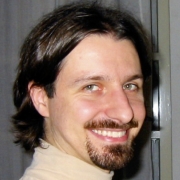
Good session, Humberto. Layer 1 visibility is a neat description.
Robert Bolton
Great job, Humberto.
Henry Camp
Dr. Shoshi Reiter: To bring about Happiness at work – Utopia or Reality?
/in Videos Webinar Leadership - Managing People - Change Management, TOC for Education and Self Development Dr. Shoshi Reiter /by jelenafedurkoUsing theTheory of Constraints to triple production flow in the dairy food and drink industry
/in Videos 38th TOCPA Conference Spyros Bonatsos /by jelenafedurkoClarke Ching: The FOCCCUS Formula
/in Videos Webinar Leadership - Managing People - Change Management Clarke Ching /by jelenafedurko 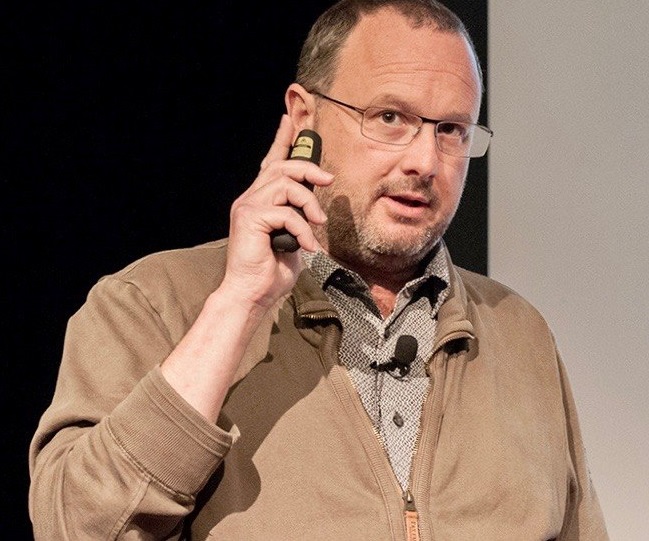
The pdf of the material used in the webinar
Comments and questions discussed at the end of the webinar:
How do you start the conversation with people who think they “know” the answer based on their gut feeling but you as someone with TOC background know it is wrong?
Tal Aviv
Great session.
Robert Bolton
Gijs Andrea: TOC for Service Organization
/in Videos Webinar TOC for Services Gijs Andrea /by jelenafedurko 
The pdf of the material used in the webinar
Comments and questions discussed at the end of the webinar:
Good webinar. Thank you. One thing: Have you heard of John Seddon? He suggests that using standard durations for work is counterproductive. Instead he suggests what you discussed in enhancing the flow is enough.
Henry Camp
If someone is waiting (in order to prevent an efficiency syndrome) the utilization drops (on purpose). But shouldn’t we be aware of tipping points when some is waiting reeaaaalllllly long… and thus ALSO look on utilisation in some situations.
Pieter Buwalda
In the criteria for the general solution, i noticed they are strictly referred to “production” process. Are you assuming that people involved in the process have the same level of skills/competence? If not, how can you solve this? Thx a lot, good webinar.
Salvatore Longo
When you have to choose: assign resources to do the ordinary work today or improvement work in the future: how do you recommend to choose the priority between long term (improvement of future performance) and short term (need to do now) goals?
Andrius Melninkaitis
How do deal with issues with respect to decision making level and risk management at senior level, instead of product/service flow (delivery / throughput) at operational level?
Ilesh Shah
